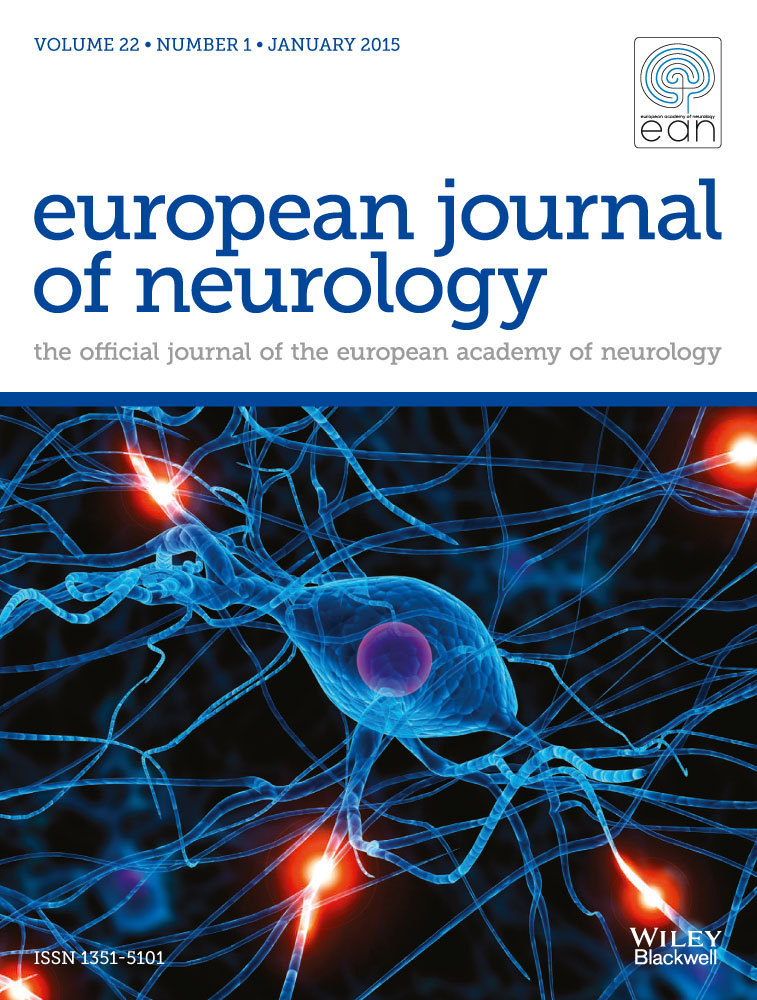Microembolic signal detection in acute ischemic stroke: Clinical relevance and impact on treatment individualization—A narrative review
Abstract
Background
Microembolic signals (MES) can be detected using transcranial Doppler (TCD) ultrasound in several clinical scenarios, including acute ischemic stroke (AIS). This narrative review aims to provide insights into their role in AIS patient management and outcomes.
Methods
The present narrative review consolidates current observational and randomized evidence on the prevalence and clinical relevance of MES in different AIS subtypes and settings.
Results
MES prevalence is higher in AIS patients with large artery atherosclerosis, indicating unstable or vulnerable plaques, and lower in those with small vessel disease. Detecting MES can significantly aid in managing AIS patients, particularly when the cause is unclear, as MES detected in different cerebral arteries can indicate conditions like covert cardioembolism, aortic arch atherosclerosis, or coagulation disorders, including cancer-related stroke. MES are associated with higher risk of stroke recurrence, independently of the underlying stroke mechanism. The detection of MES during and after acute systemic or endovascular reperfusion procedures in large-vessel occlusion patients appears to be predictive of adverse clinical outcomes and recurrent stroke. Finally, a reduction in MES detection may serve as surrogate marker and intermediate endpoint evaluating secondary stroke prevention treatments in the settings of randomized-controlled clinical trials.
Conclusion
MES detection on TCD in AIS remains a useful diagnostic tool as it helps the clinicians to approach the stroke underlying mechanism by detecting and quantifying ongoing cerebral embolization and localizing an embolic source in real time. In addition, it allows monitoring and treatment individualization in stroke patients, while further determining recurrent stroke risk.


 求助内容:
求助内容: 应助结果提醒方式:
应助结果提醒方式:


